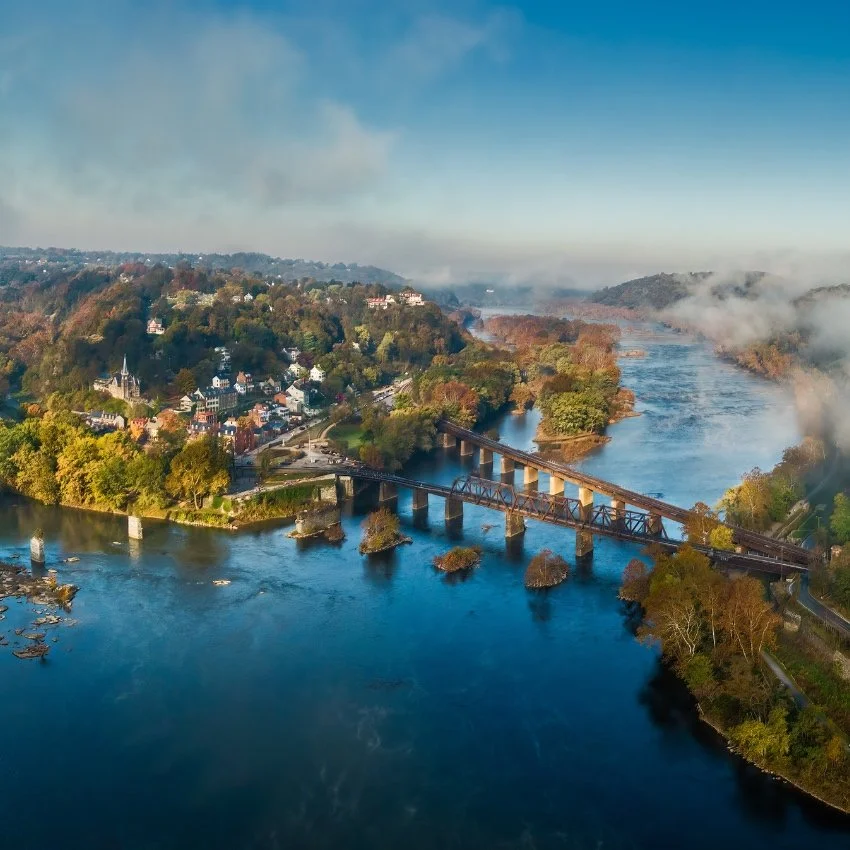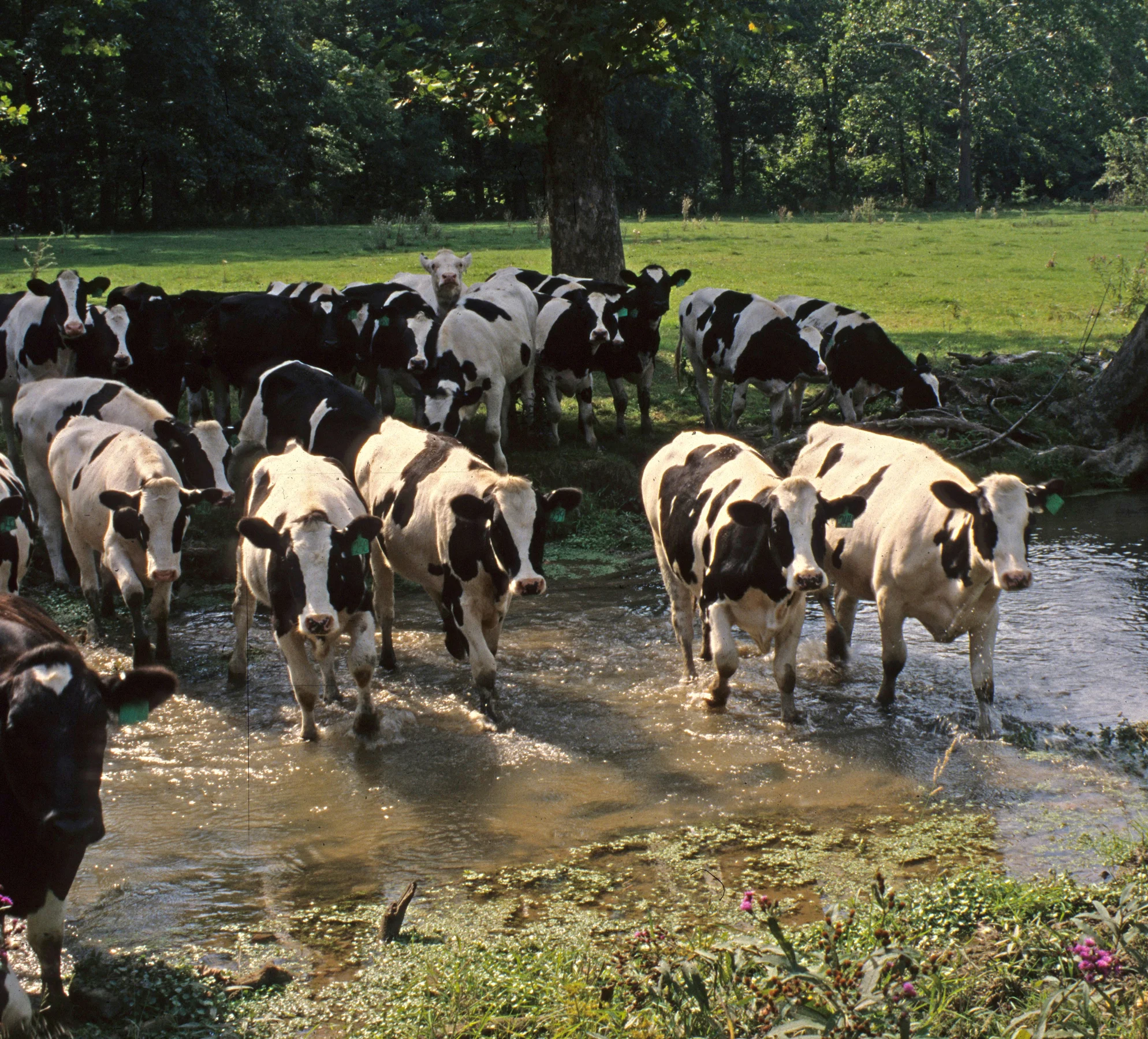This is what 23 days of rain looked like from space
/You and blue crabs have something in common: you hated the spring rain
Who could forget this spring's never-ending rainy season? Or, has summer's lovely warmth put The Gray out of your mind?
Good for you. It's probably best for your mental health.
Since summer's rays have put us in a good mood, we decided to take a stroll down memory lane. Just to see if the spring rain was all that bad.
Chesapeake Bay Satellite Imagery, NOAA
Basically, June.
Late April to May I have a
rain check please?
Yes. Yes it was.
Satellite imagery from NOAA CoastWatch Chesapeake Bay shows what the record-breaking rain looked like from space. During a 28-day stretch from late April to May, only two days were cloud-free. And Washington, DC recorded at least a trace amount of rain on 23 out of 27 days, totaling 5.68 inches of rain.
Gray, indeed . . .
Besides inducing a temporary mass state of depression and an outpouring of empathy for the residents of Seattle, the wet weather had another negative impact: it harmed the Potomac River and Chesapeake Bay.
Here are three reasons the spring rain wasn't welcome news for our local waters:
1. Blue crabs were sent fleeing
The stretch of bad weather hit soon after the April 1 start of commercial crab season in Maryland. A late start on the season is potentially bad news for the local crab industry, an important economic driver in the region.
The mix of fresh and salt water in the Chesapeake Bay and tidal Potomac River gives blue crab their mouth-watering flavor. But too much fresh water sends blue crabs fleeing to deeper, brackish waters.
Dean Nininger, a Potomac River angler, reported a drop off in good fishing this May. "Anytime you get all that fresh water, it pushes the crabs into deeper water," Nininger told the Journal Press.
The good news: Long-term trends confirm blue crab populations are at their highest in the Chesapeake Bay and Potomac River in years.
2. It came at the worst time for young fish
Many common fish found in the Potomac River, like the smallmouth bass, deposit eggs in late spring. Stable water flows in May and June provide the ideal conditions for spawning.
Extended wet weather, like what we experienced this spring, or severe flooding can create hostile water conditions for young fish. High flow and turbidity limit good spawning areas, cause some adults to abandon their nests, and increase fry mortality.
The spring's rain also brought with it excessive nutrients and sediment. This type of pollution can alter and destroy aquatic habitat, decrease dissolved oxygen, and reduce the abundance of macroinvertebrates, an important food source for fish.
The good news: After decades of decline, the Potomac is now healthy enough to support growing populations of common game fish including shad and white perch. Read more at www.potomacreportcard.org.
3. When it rains, it pours . . . sewage into the Potomac
Yes, you read that right.
In an average year, leaks from burst pipes and combined sewer overflows during heavy rains dump 600 million gallons of diluted raw sewage into the Potomac and 1.5 billion gallons into the Anacostia.
Sewage overflows are caused when pipes are overwhelmed by a high volume of polluted runoff - the only increasing source of pollution to the Potomac River and Chesapeake Bay. This problem exposes the river – and anyone who comes into contact with it – to dangerous pathogens and bacteria.
The good news: DC Water and Sewer Authority and the EPA have partnered in the $2.6 billion Clean Rivers Project, a mandated plan to reduce nearly all CSOs in the Potomac River, Anacostia River, and Rock Creek.
You can make a difference
Support local clean water initiatives that keep polluted runoff out of your local streams and drinking water sources.
Help Potomac Conservancy strengthen natural protections and make the Potomac fishable and swimmable by 2025!





















Let’s dive into the history of segregation and the swim ban in DC. Segregation wasn't the only thing that prevented equal access to water. Pollution also led to additional limitations to accessing natural waters.